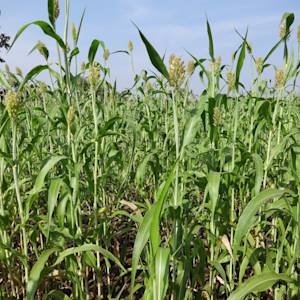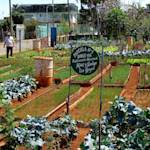World's most efficient vertical farm in Japan
2020 CE • Japan
"The Keihanna plant looks like any other factory churning out auto transmissions or electronic components. But this facility grows lettuces. Inside the plant, robotic arms transplant lettuce seedlings into giant racks where they grow under LED lights, in a near sterile environment. At full capacity, Keihanna will produce about 30,000 lettuces a day . . . The factory, which belongs to a company called Spread, is one of the world’s most sophisticated examples of a “vertical farm”, in which plants are grown indoors in stacked layers, often without soil. The concept is thriving in Japan, where land and labour are in short supply . . . Vertical farms can be built anywhere — reducing the need to truck vegetables hundreds of kilometres to market — and maintain production whatever the season, whatever the weather . . . Despite these merits, most vertical farms have failed as the high costs of robotic equipment and artificial light lost out to the simpler technology of dirt, greenhouses and the sun... The path to a viable vertical farm involves ever bigger facilities to reap economies of scale, reducing waste so it is close to zero and increasing automation to lower what can be crippling labour costs in areas such as seeding and harvesting . . . The big environmental question is about the source the energy used for LEDs rather than depending on sunlight . . . the answer is renewable electricity: 'If this can be done using solar power then environmentally, it’s perfect.'"
Robin Harding, "Vertical farming finally grows up in Japan," Financial Times, January 22, 2020.
Image: Kyotoyasai, CC BY-SA 4.0, via Wikimedia Commons


Learn about Maya Lin’s fifth and final memorial: a multi-platform science based artwork that presents an ecological history of our world - past, present, and future.

Discover ecological histories and stories of former abundance, loss, and recovery on the map of memory.

Learn how we can reduce our emissions and protect and restore species and habitats – around the world.

See how art can help us rethink the problems we face, and give us hope that each one of us can make a difference.

Help make a global memorial something personal and close to home. Share your stories of the natural world.


